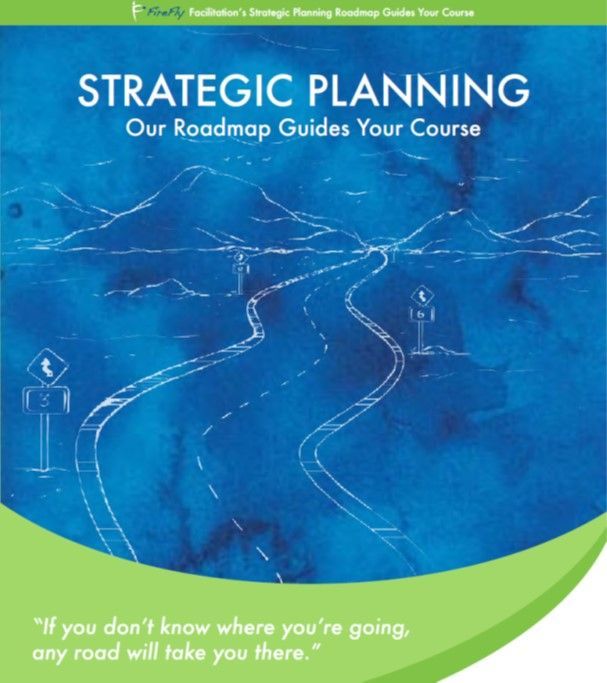Impact vs. Effort: Next Steps
How to decide which ideas to move forward
We’ve been discussing Impact versus Effort , and in our last post, we talked about how well it works when all of the ideas that need to be evaluated are already written on sticky notes. Now we’ll talk about how to use the notes to organize the ideas you’ve generated. It’s a good idea to ask a neutral party to conduct the discussion and posting of each idea in whichever quadrant the team feels is most reflective of that idea's impact and effort to execute. The next best option is to mix up all of the ideas and divide them equally among the participants, with each person leading the discussion and placement on the flip chart for the notes they are holding.
What you don’t want to have is someone with an agenda leading the discussion and forcing consensus on what they feel is the right box for each idea. That’s almost as bad as having each person lead the discussion for their own ideas they just worked so hard to create. Who wants to put your own baby in that dreaded fourth box? The easiest approach is to use sticky notes. This allows everyone greater flexibility to move ideas as people begin to get more consistent, and sometimes harsher or more lenient, in their assessment of impact and effort.
A less attractive approach is to write and number all of the ideas on a flip chart, and then write the numbers in the agreed-upon box after discussion. Unless you happen to have some whiteout handy, this can begin to look pretty messy as the team refines their opinions about what warrants placing an idea in each box. It can also be difficult to remember what each number stands for, thereby forcing people to keep going back and forth between the list of ideas flip chart and the impact/effort flip chart and lose their flow of thought.
Two other words of caution: First, some people will be tempted to start combining ideas, saying, “Well, they’re pretty much the same thing.” They may like order, fewer choices, and less work. Any collapsing of ideas needs to be done very carefully. Again, this works best with sticky notes (if everyone agrees) by placing the notes for two ideas that are truly the same directly on top of each other. This creates a great visual effect as well; you can really start to see some of the more frequently mentioned ideas much more easily.
It is perfectly acceptable to tailor the criteria that you are using to your own needs or situation. You could replace impact/effort with important/urgent, cost/value, or two other measures of your own choosing. It is very important to spend a few minutes up front, before any idea placement decisions are made, making sure that everyone has a clear idea about what these standards mean.
For example, impact refers to what achieving this goal or solving this problem would mean to the team, department, or overall organization. When determining the effort required to successfully implement an idea, the problem-solving team should consider everything from dollars spent on new technology to dollars spent on allocation of people resources, from changes in individual human behaviors to changes in the entire culture of the organization. Agreeing upon the criteria’s meaning early, before the discussions even begin, will enable you to avoid a lot of needless, unproductive debate later on.
The Impact versus Effort chart works well because of its simplicity, but sometimes you need a process that works with more complicated issues. In that case, you may need more rigorous and standardized measures. That’s when the Decision Matrix comes into play. In our next post, we’ll discuss the Decision Matrix, and how to make it work for your team.






